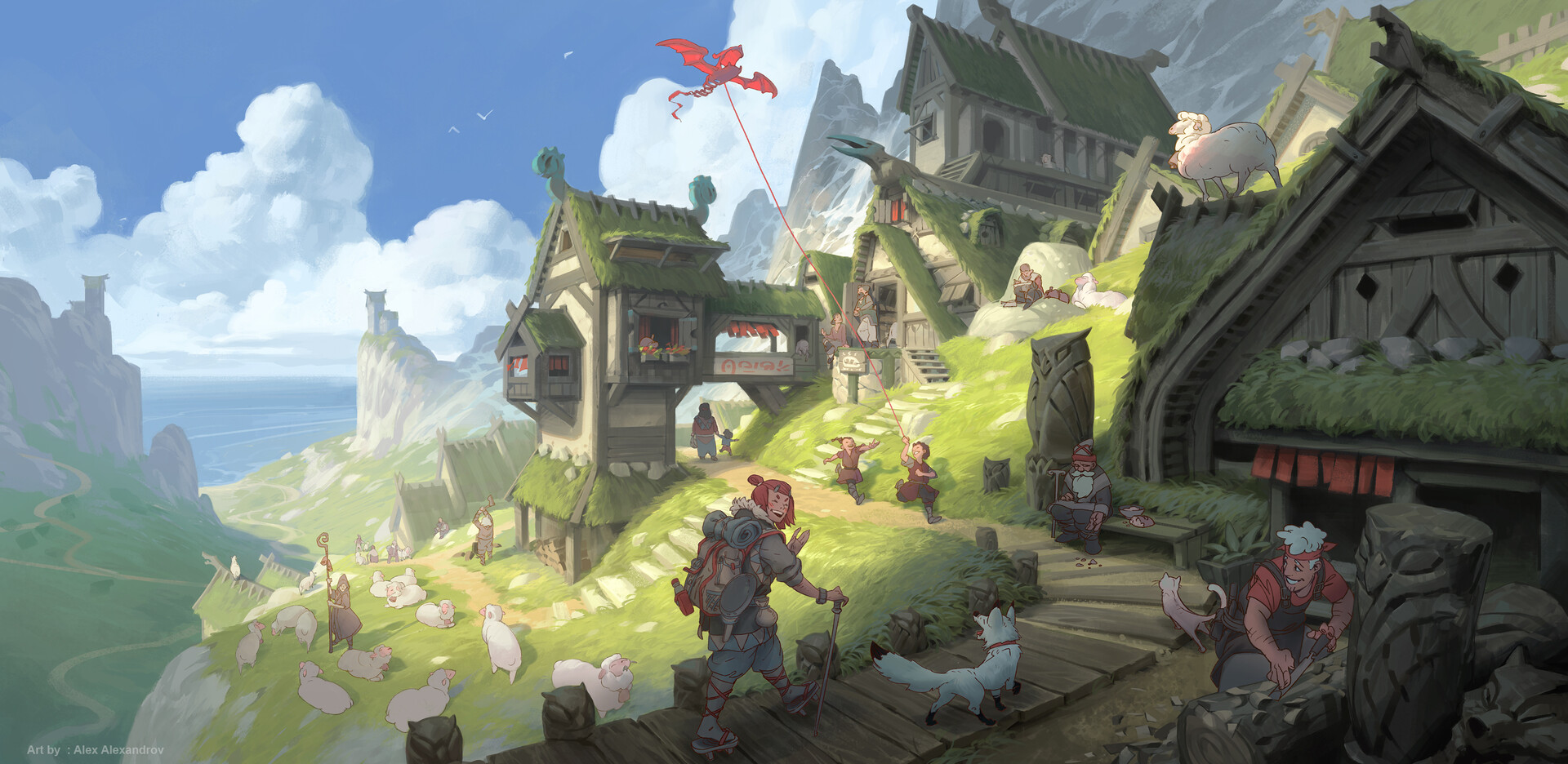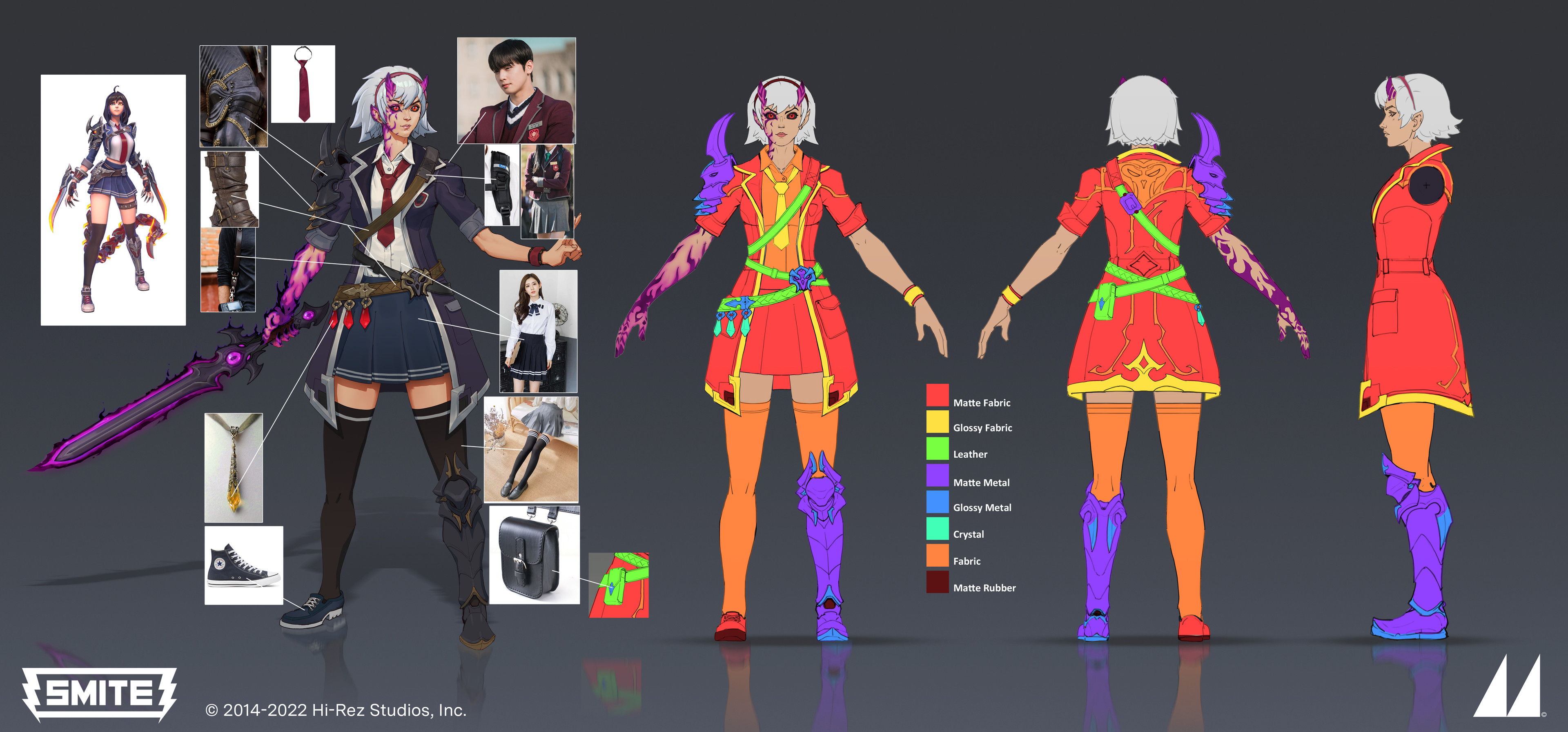Digital Art Portfolio Dos and Don’ts


What are the most common mistakes artists make with their portfolios? Our team has conducted a LOT of portfolio reviews, and certain things come up again and again!
When crafting your online portfolio, it pays to see things through the eyes of a recruiter. Mooncolony’s hiring team often sees promising artists held back by poor portfolio choices: a lack of clarity, using outdated work, or other common turn-offs 😩
This list of dos and don’ts was created in close collaboration with Mooncolony recruiters. Don’t worry, even experienced artists are prone to lots of these! Make sure your portfolio ticks all these boxes and ensure you’re putting your best foot forward 👇
Do:
- Use a portfolio hosting site like ArtStation. It will make your portfolio clean, professional, and easily navigable. It will also make you more discoverable to recruiters.
- Include your personal info. Add links to your social media profiles (especially LinkedIn), your email address, and a concise bio. Recruiters will Google you anyway, so help them out 🔎
- Tag your work. Recruiters are using the search function to find you, so make sure your art comes up in the results! Add plenty of relevant tags to your projects, describing the style, genre, and subject.
- Curate your thumbnails and banner image. These should draw the viewer’s interest, so crop them to focal areas such as faces. Add IP logos to your thumbnails where appropriate. If it’s fanart, make sure that’s clearly stated.

- Show your creative process. Design sheets, thumbnail options, speedpaint GIFs, and other process images help demonstrate how you arrived at your final artwork.
- Stay fairly consistent in your style and specialisms. Your portfolio should clearly show your personal style and the work you like doing. If you have multiple interests, it’s okay to have a variety of disciplines in your portfolio—but stay critical about what your best work is.
- (For concept art)—solve design problems. Show how your designs work, how the different parts move and fit together, what materials they’re made of, and how they look from multiple angles. This shows regard for 3D artists and animators.

- Like and follow other artists. If those artists return the favor, recruiters might find you in their follow list or likes. It always pays to build your network 👪
Don’t:
- Keep old work. This is our most common feedback when we give portfolio reviews. If you have improved significantly, and an older piece doesn’t match the quality of your current work, it’s time to get rid of it.
- Hide multiple polished images behind one thumbnail. If you have to click on a project and scroll down to see a piece, it might get missed. Ensure all your best work is visible from the main page of your portfolio.
- Include types of work you don’t want to do. It will distract from your preferred specialisms, and potential employers might see this as a reluctance to expand your processes in the future.
- Show unfinished work. If you didn’t have time to polish your work before a deadline (e.g. for a competition), there’s no reason why you can’t keep working on it for your portfolio. Recruiters will assume that all the artwork in your portfolio is finished.
- Build a portfolio based on what’s trending, or what you think will get you work. You’ll only end up getting jobs that you don’t enjoy. Do what you love the most! You’ll make your best art when you’re having fun anyway 🎉
.jpg)
Looking for guidance on how to craft the perfect professional portfolio? Don't forget that our team offers in-depth portfolio reviews from legendary artists such as Gabriel Rubio, Alexandre Leoni. Emrah Elmasli, and more.
Check out the current offerings here and sign up to get focused advice to power up your portfolio and get noticed. 💪 And subscribe to our newsletter to get more tips, tricks, and advice to help level up your art.
Don't forget our summer sale is live until September 9th! Get 25% off ALL courses today with code SUMMER25.
.svg)
Similar posts




.svg)



.svg)







